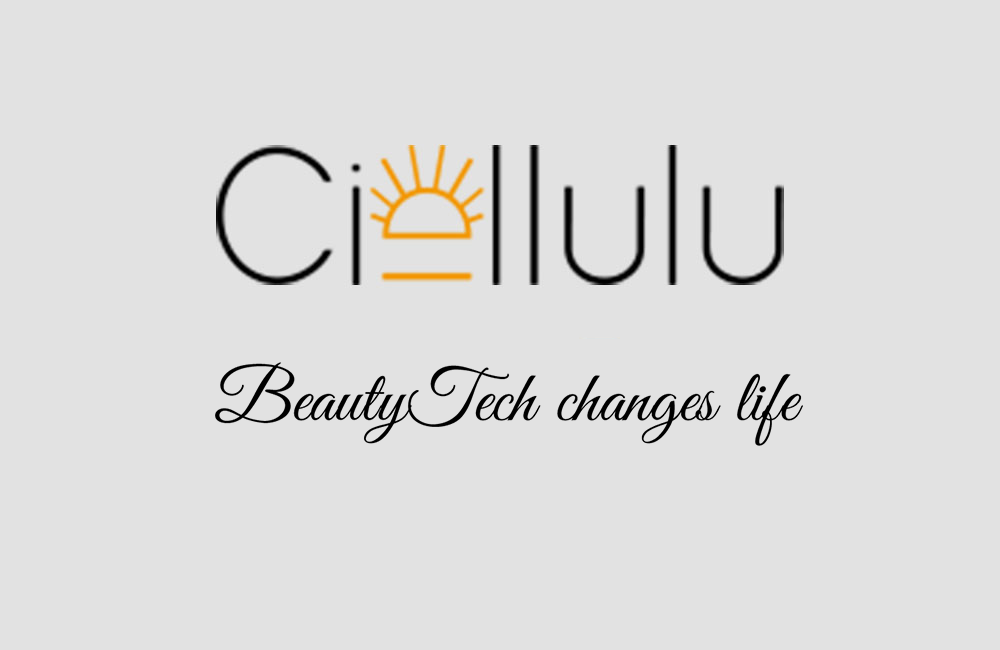Common Misconceptions About Q-Switched Nd:yag laser treatments

Common Misconceptions About Q-Switched Nd:yag laser treatments
Title: Common Misconceptions About Q-Switched Nd:YAG Laser Treatments
Q-Switched Nd:YAG lasers have become increasingly popular in dermatological treatments, serving as a valuable tool for tattoo removal and pigmentation issues. Despite their robust clinical utility, numerous misconceptions persist about their application and safety. This academic review seeks to debunk common misunderstandings around Q-Switched Nd:YAG laser treatments.
Debunking Myths About Laser Tattoo Removal
Common misconceptions around laser tattoo removal include the belief that the process is excessively painful, and the idea that all tattoos can be entirely removed. Firstly, the pain experienced during removal is subjectively variable and generally well-tolerated, usually described as the sensation of a rubber band snap against the skin. Secondly, while Q-Switched Nd:YAG lasers are remarkably efficient in fragmenting tattoo pigments, exceptional cases like deep inks and brightly colored tattoos may not be entirely removed and may instead significantly fade.
Misunderstandings About Side Effects
Myths around horrifying side effects have instilled an unwarranted sense of fear about Q-Switched Nd:YAG laser treatments. Typical side effects are generally mild, including redness, swelling and slight discomfort. Whilst rare, more serious side effects such as infection or scarring usually occur due to improper post-treatment care. Employment of experienced professionals for the procedure ensures the minimization of potential side effects.
Clearing Up Confusion About Pigmentation Treatments
Concerns exist around lasers potentially causing hyperpigmentation or hypopigmentation. However, adverse effects on skin pigmentation are typically associated with older laser technologies and improper usage methods. Q-Switched Nd:YAG lasers have been designed specially to target and break down pigment-containing lesions without harming the surrounding skin, reducing the risk of pigmentation issues post-treatment.
Laser Safety Concerns Addressed
Q6 Pigmentation Removal
Many harbor anxieties about the overall safety of Q-Switched Nd:YAG laser treatments. It should be mentioned that laser technology has evolved remarkably, following stringent safety protocols. Q-Switched Nd:YAG lasers hold a high safety profile in trained professionals' hands, ensuring safety, efficacy, and minimal side effects when applied appropriately.
Scientific Evidence Supporting Q-Switched Nd:YAG Laser
The efficacy of Q-Switched Nd:YAG lasers is backed by extensive scientific research. Clinical studies endorse their role in treating a variety of conditions, from benign pigmented lesions to unwanted tattoos. One notable study reports a high degree of patient satisfaction and minimal adverse effects in laser tattoo removal utilizing Q-Switched Nd:YAG lasers.
In conclusion, the general misunderstanding about Q-Switched Nd:YAG lasers potentially hampers the optimal utilization of this revolutionary tool in dermatological treatments. By arming oneself with accurate understanding, medical practitioners can dispel fears and ensure patients benefit from the efficacy and safety of Q-Switched Nd:YAG laser treatments.
To learn more, refer to credible sources such as here. Even within the medical community, continually updating knowledge is necessary to keep pace with technological advancement and evidence-based practice. Therefore, it is important to challenge and debunk these misconceptions for the continued and improved application of this advanced technology in medical practice.
Source: Common Misconceptions About Q-Switched Nd:yag laser treatments




 Ciellulu Laser - Facial Machine Supplier
Ciellulu Laser - Facial Machine Supplier

